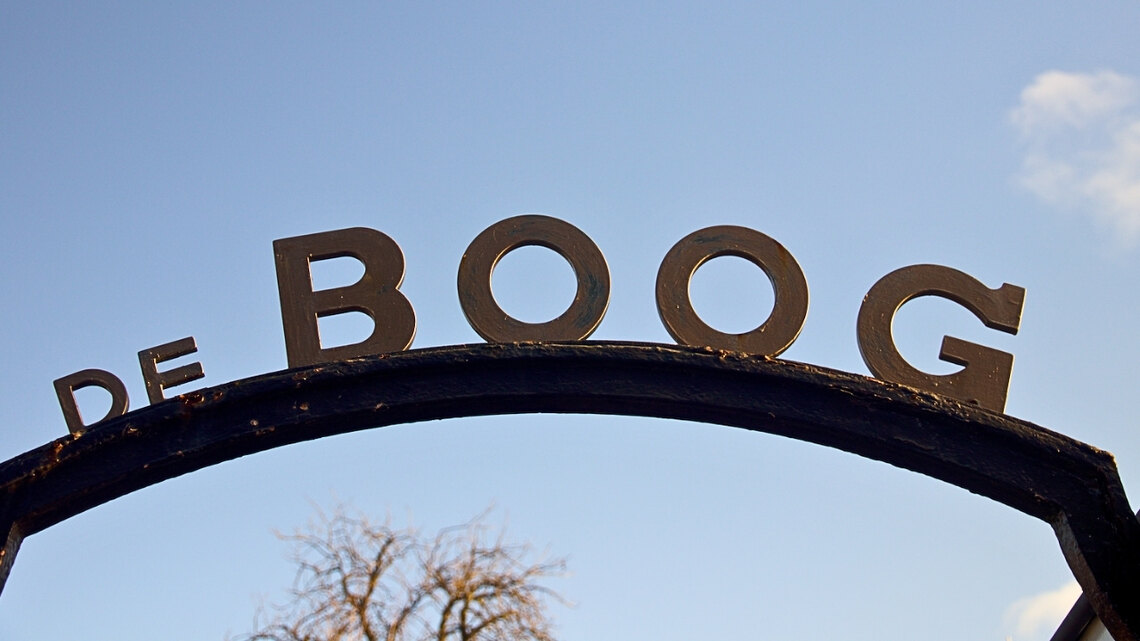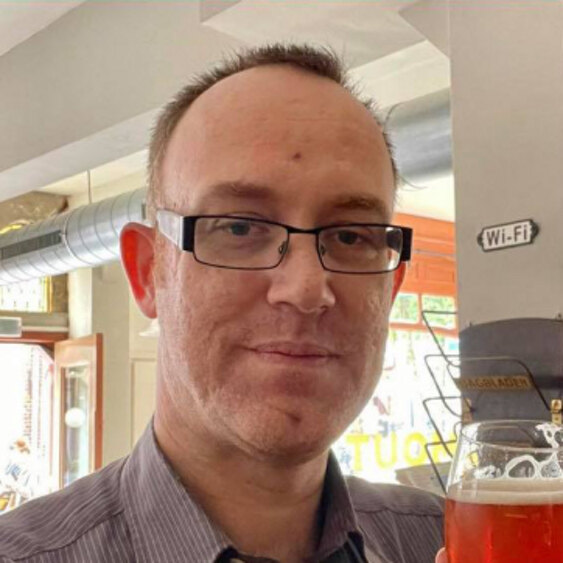Part one of this two part article, was largely about Trijn van Leemput. Besides being a hero of the Dutch war of independence against the Spanish, she was also the wife of a brewer and matron of a family that gave the Netherlands mayors and other high ranking politicians. Now we turn our attention to another important group in society: the church and their influence in beer history on the Oudegracht in Utrecht.
Religion and beer
The uprising against Spain was in part about self government. It was also about religion. Large parts of the Netherlands were protestant, as was the Oranje family who led the uprising. The oppressor was catholic. After the uprising ended in 1648 the catholic church was banned , although in true Dutch fashion was tolerated throughout the country.
Catholics could still go to mass, as long as it was not in public. Masses were held behind closed doors in rooms and attics, often in houses of rich people. There were the so-called hidden or clandestine churches. Famous Belgian beer café Olivier, close to the canal and the railway station, is a former shelter church for example.
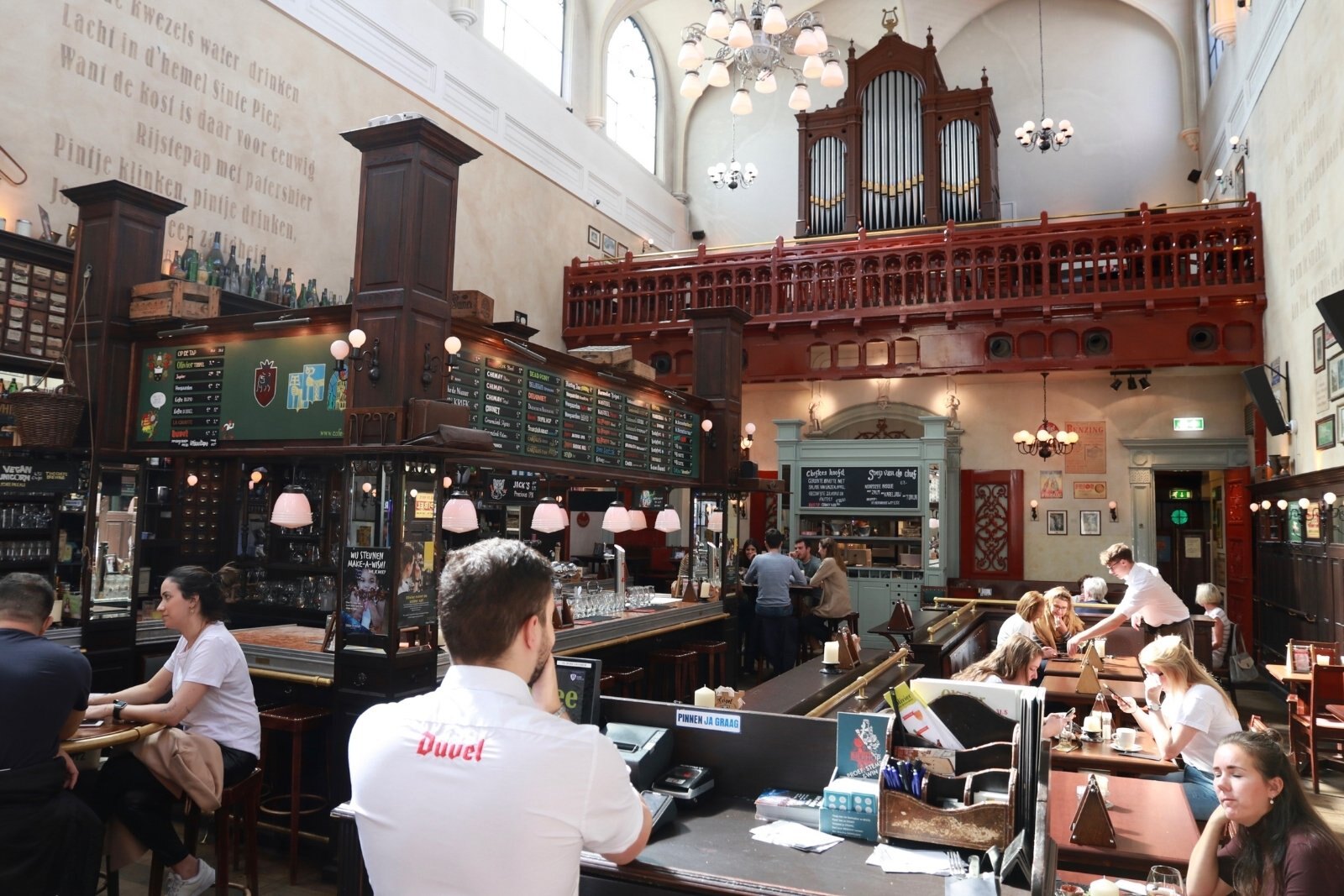
Brouwerij De Witte Leeuw
These hidden churches were not exclusively catholic. The Mennonites were another religious group that was not allowed to practice their religion. At least in public. They had a hidden church on the Oudegracht 270, near the Weesburg. The façade is still there. It looks like an ordinary rich people’s house but behind it was once a shelter church.

Before it became a church it was a brewery called De Witte Leeuw (The White Lion) until the mid-18th century, in 1773 it became a church. The building was perfect because of its size. Today it is still a church. Across the canal you find the house that belonged to former owners and brewers of De Witte Leeuw. Nowadays there is a Bed & Breakfast in the cellar along the wharf.
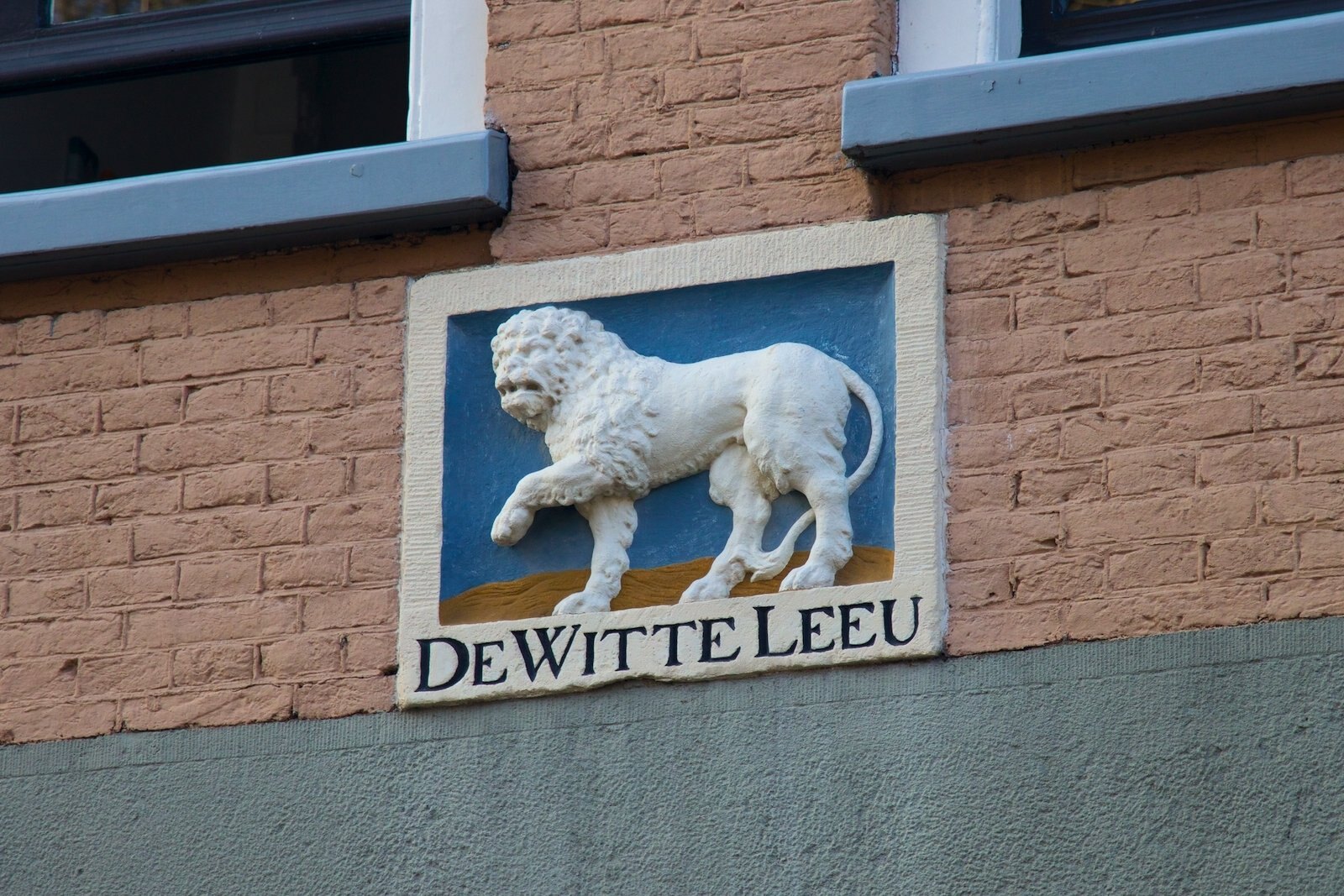
Brouwerij De Boog
We now come to the end of our journey. And it is not hard to miss. Just before you walk into the Twijnstraat for a visit to beer boutique Bierverteller look to your right and you will still see the letters of the brewery that was once there: De Boog (the Arc). The history of brewing on this site stretches back all the way to 1584. Around that time it was a brewery that brewed beer with local water from the canal and foreign malt.
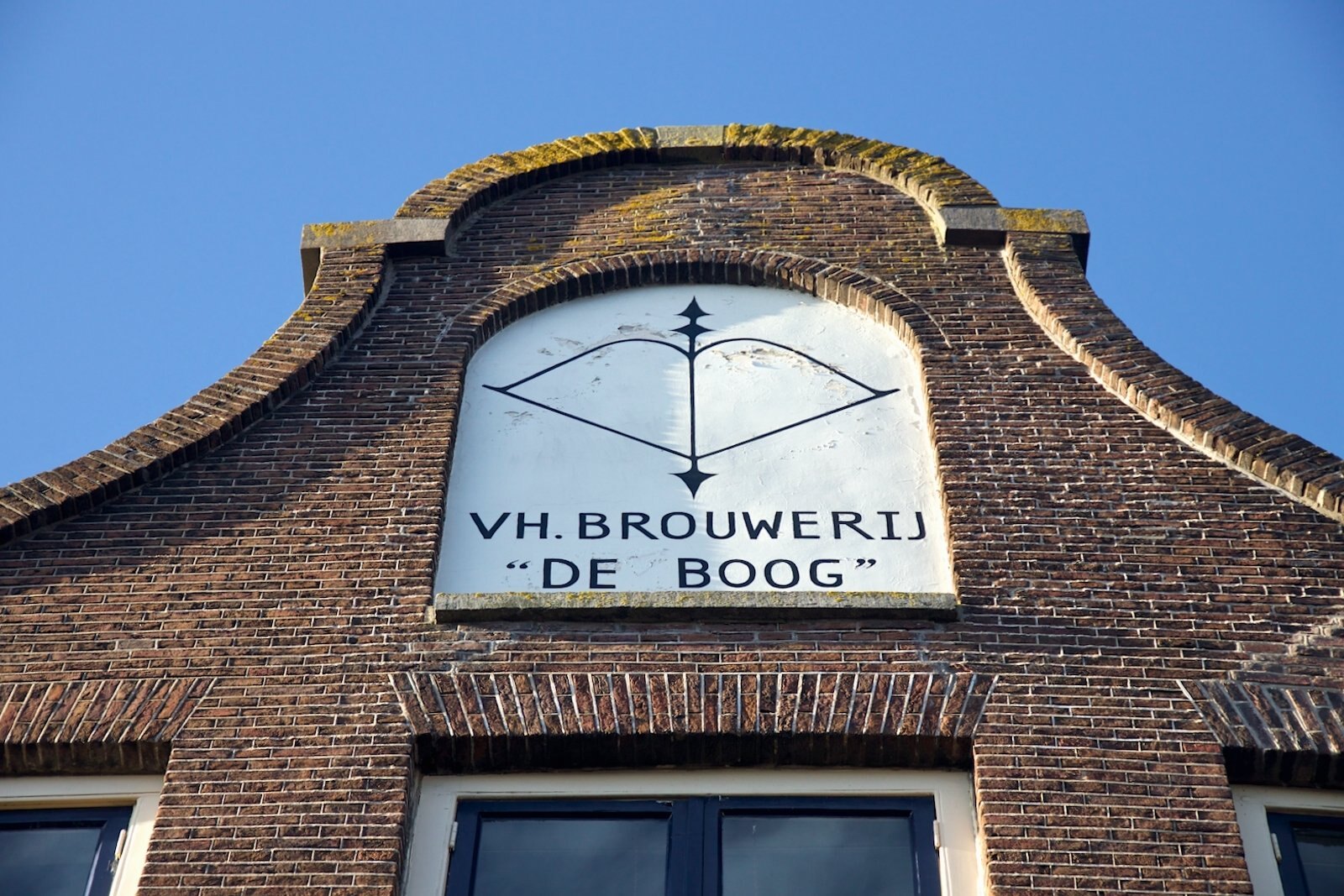

The brewery sustained heavy damage in 1674, an important year in Utrecht’s history. A tornado wreaked havoc all over what is now Belgium and the Netherlands. Utrecht especially was hard hit. The main church collapsed and only the tower remained standing. The rubble stayed for over a century and the church was never rebuilt. This is the reason why if you visit the Dom Tower it stands alone, unlike other churches in the Netherlands.
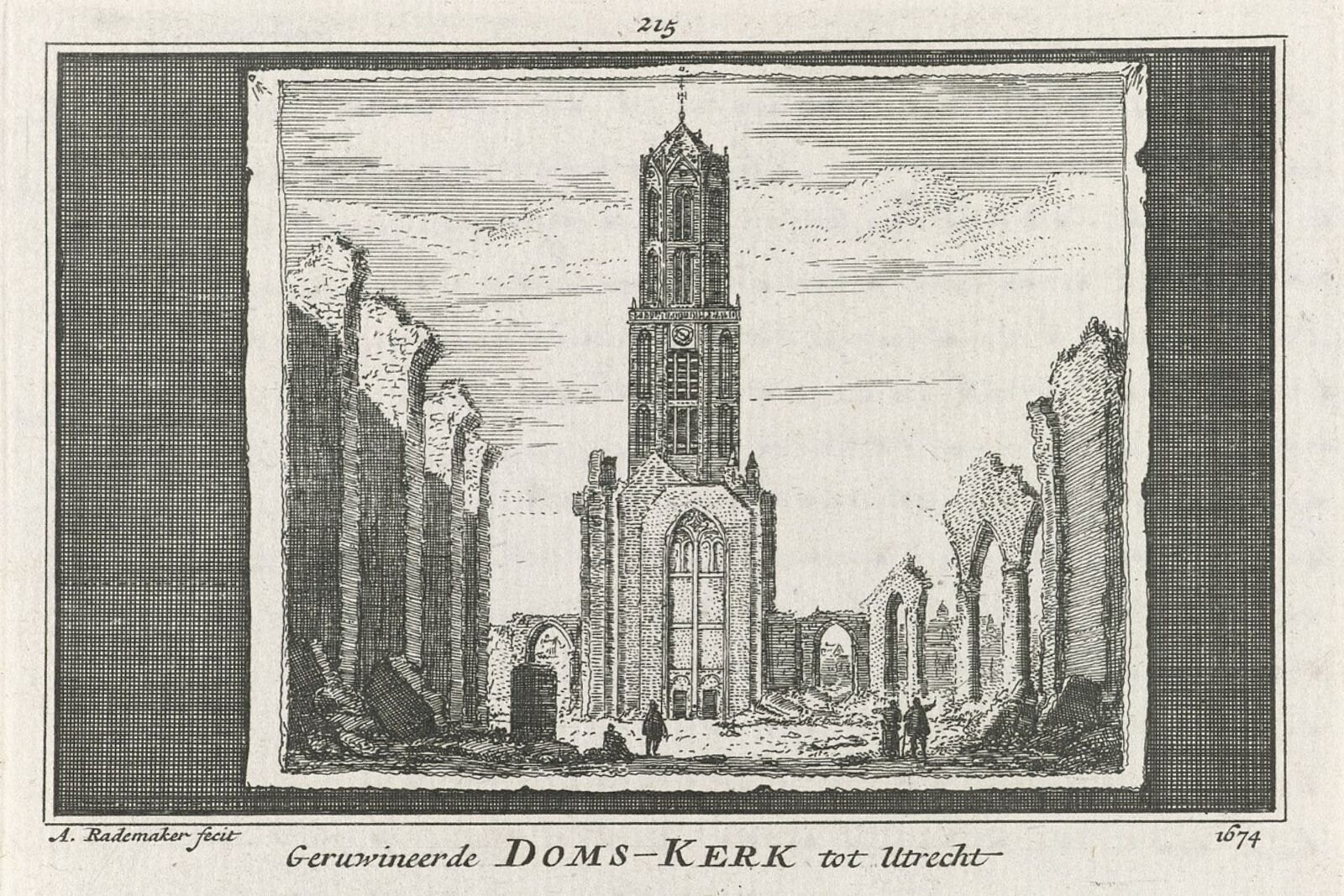
The brewery was rebuilt and kept making beer. Like any other business it changed ownership often until Willem de Kock, a bachelor catholic who started working there as an apprentice, became the owner. Without any children to leave the brewery to he gave the brewery to the poorhouse of the catholic church. The land that he owned stretched all the way to the city wall.
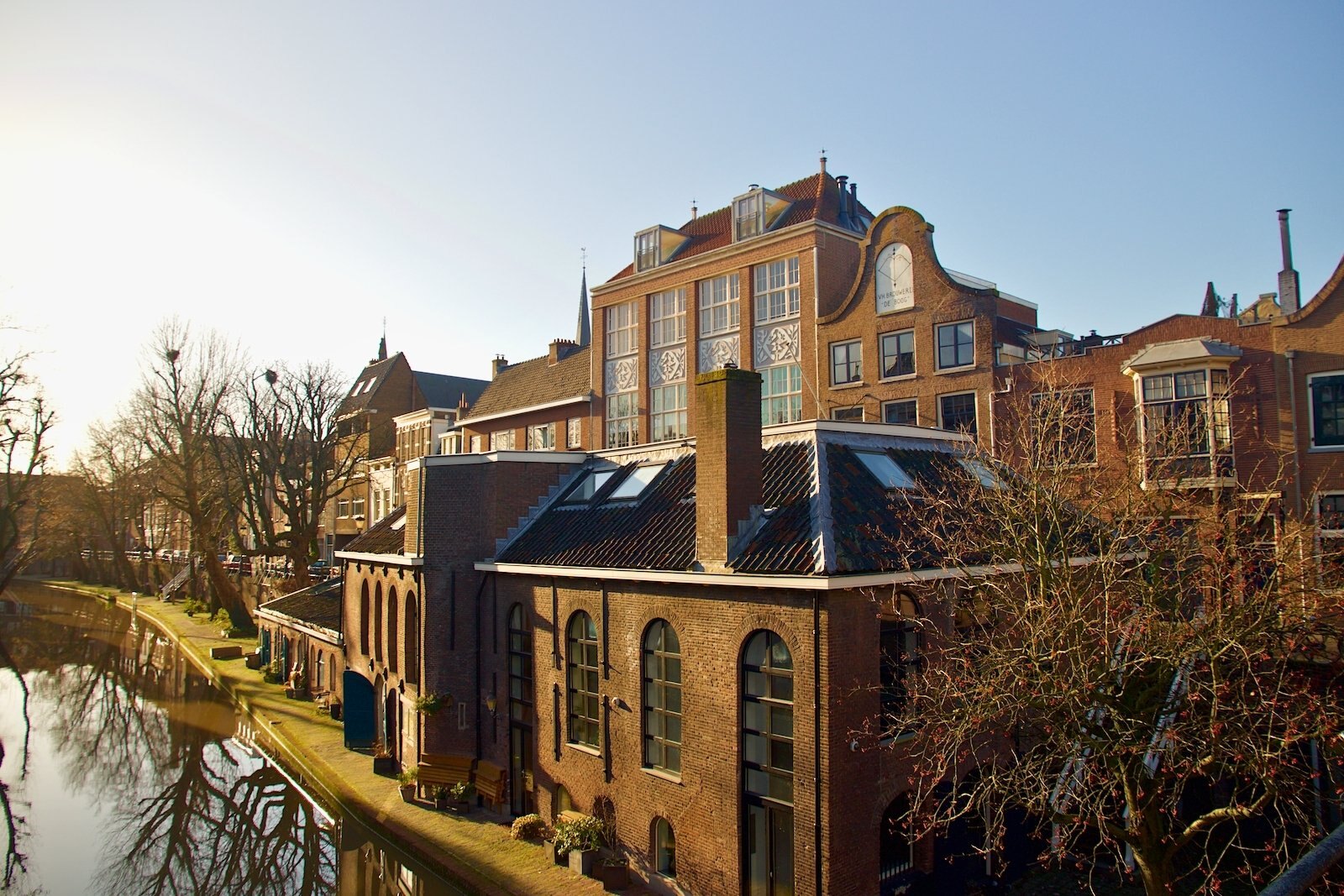
The last of Utrecht breweries
In the mid 19th-century the church decided to build houses for the poor. Seven streets were laid out with tiny houses, 'the Seven Alleys'. Several of these streets have names that stretch back to its brewing history. Here you will find the Boogstraat (see picture below), Kockstraat, Moutstraat (Maltstreet) and Brouwerstraat (Brewerstreet).

The brewery itself lasted until 1897, after that it housed among other things a wholesaler of drinks, a cigarfactory and a dancestudio. The reason why it folded was similar to why many breweries folded. Pilsners became more and more popular and De Boog did not have the knowledge to make this and made the switch too late. They sold their list of customers to the Gekroonde Valk brewery (see Poesiat & Kater) in Amsterdam and the last of the Oudegracht breweries was out of business.
But the history of this once famous brewery remains. Not only in the names of the streets but also in the letters that are still painted on the buildings De Oudegracht today is still an important street for beer with some excellent bars and shops in or nearby. But this history started almost six centuries ago and both the church and the rich played their part, as they still do in Utrecht.
Author: Martijn Buisman
Picture credits (from top to bottom):
- Banner picture and all other pictures by Tasty Tales, except 5 and 6
- 5. Poster Stoombrouwerij De Boog, Utrecht (University Library Gent, Belgium) - Public Domain
- 6. Domtower in Utrecht after the storm of 1674 {RP-P-OB-73.567}
Updated: 10-03-2025
